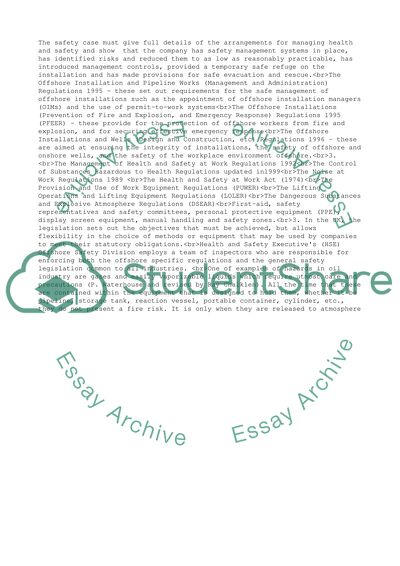Cite this document
(“Managing Health, Safety and Risk in Organizations Essay”, n.d.)
Retrieved from https://studentshare.org/business/1529508-managing-health-safety-and-risk-in-organizations
Retrieved from https://studentshare.org/business/1529508-managing-health-safety-and-risk-in-organizations
(Managing Health, Safety and Risk in Organizations Essay)
https://studentshare.org/business/1529508-managing-health-safety-and-risk-in-organizations.
https://studentshare.org/business/1529508-managing-health-safety-and-risk-in-organizations.
“Managing Health, Safety and Risk in Organizations Essay”, n.d. https://studentshare.org/business/1529508-managing-health-safety-and-risk-in-organizations.


